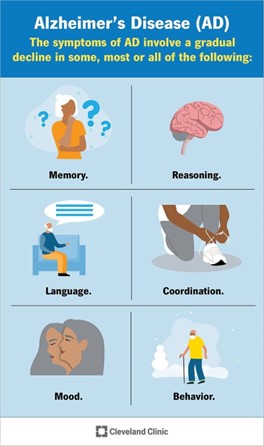A nurse is reinforcing discharge teaching with an older adult client's family about safety precautions when administering a tap water enema to the client. Which of the following should the nurse include in the instructions?
Instruct the client to bear down during rectal tube insertion.
Administer a second enema if results are not clear.
Assist the client to a right Sims' position
Insert the rectal tube in the direction of the client's umbilicus.
The Correct Answer is C
When administering a tap water enema, the client should be assisted to a right Sims position. This position involves lying on the left side with the right knee bent toward the chest.
The other options are not correct because:
a) The client should not bear down during rectal tube insertion.
b) Administering a second enema if results are not clear is not mentioned as a safety precaution.
d) The rectal tube should be inserted in the direction of the sacrum, not the umbilicus.
Nursing Test Bank
Naxlex Comprehensive Predictor Exams
Related Questions
Correct Answer is B
Explanation
b. Give directions using simple phrases.
The correct answer is b. Give directions using simple phrases.
Explanation:
When assisting with the plan of care for a client with Alzheimer's disease, it is important to consider their cognitive impairments and provide appropriate interventions. Giving directions using simple phrases is recommended because it helps the client beter understand and follow instructions. Complex or lengthy directions can be confusing and overwhelming for individuals with Alzheimer's disease. Using clear and concise language can enhance communication and facilitate the client's ability to engage in activities of daily living.
Explanation for the other options:
a. Encourage the client to talk about current events: While social interaction and engagement are beneficial for clients with Alzheimer's disease, their ability to comprehend and discuss current events may be limited due to cognitive impairments. It is important to adapt communication to the client's cognitive abilities and interests.
c. Orient the client to time and place twice per day: Frequent orientation to time and place can be helpful for clients with Alzheimer's disease, but the specific frequency should be based on the individual's needs and preferences. Some individuals may require more frequent orientation, while others may find it overwhelming. The plan of care should be individualized to address the client's specific needs.
d. Rotate assistive personnel to help the client with ADLs: Consistency and familiarity are important for individuals with Alzheimer's disease. Rotating assistive personnel frequently may disrupt the client's routine and cause increased confusion and agitation. Whenever possible, it is best to maintain a consistent caregiving team to provide familiarity and establish a therapeutic relationship with the client.
In summary, giving directions using simple phrases is an appropriate action when assisting with the plan of care for a client with Alzheimer's disease. This approach promotes effective communication and enhances the client's ability to understand and follow instructions.

Correct Answer is C
Explanation
Answer: C
Rationale:
A) Encourage strength-training exercise: Strength-training exercises can be beneficial in building muscle mass and improving overall strength. However, for a client with leukemia experiencing chronic fatigue, this may be too strenuous and could exacerbate their fatigue rather than alleviate it. It is better to encourage light to moderate activities based on their tolerance.
B) Increase the client's fluids to 4 L per day: While adequate hydration is important, increasing fluids to 4 L per day may not be suitable for all clients and could pose risks, particularly if there are concerns about fluid balance or renal function. This recommendation should be tailored to the client's specific needs and medical condition.
C) Increase protein in the diet: Increasing protein in the diet can help improve energy levels and support the body's repair and regeneration processes. For clients with leukemia who are experiencing chronic fatigue, a high-protein diet can aid in maintaining muscle mass and overall nutritional status, helping to combat fatigue.
D) Encourage the client to have continual bed rest: Encouraging continual bed rest can lead to deconditioning and further exacerbate fatigue. It is important to balance rest with periods of gentle activity to maintain some level of physical function and avoid complications such as muscle atrophy or deep vein thrombosis.
Whether you are a student looking to ace your exams or a practicing nurse seeking to enhance your expertise , our nursing education contents will empower you with the confidence and competence to make a difference in the lives of patients and become a respected leader in the healthcare field.
Visit Naxlex, invest in your future and unlock endless possibilities with our unparalleled nursing education contents today
Report Wrong Answer on the Current Question
Do you disagree with the answer? If yes, what is your expected answer? Explain.
Kindly be descriptive with the issue you are facing.
